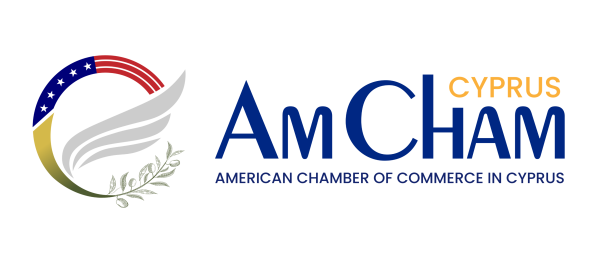EU–US Trade Agreement: A bold new framework or a fragile handshake?
🔍 Main parameters.
· Sets a 15% baseline tariff on nearly all EU exports to the US.
· 50% tariffs remain on EU steel, aluminium, and copper (possible future quota system).
· EU pledges $600 billion in investment in US industries by 2029.
· EU committed to $750 billion in US energy purchases, focusing on LNG and renewables.
· Tariffs on aircraft, chemicals, and drug generics return to pre-January levels.
· Includes collaboration on supply chain security, strategic metals, and emerging tech alignment (AI, data governance, digital trade).
⚖️ Is the agreement legally binding?
No—it currently serves as a political framework without full ratification. This limits enforceability and places greater importance on mutual goodwill and ongoing negotiations.
🌍 How does this pact reshape EU–US relations?
· Signals de-escalation of trade tensions and promotes diplomatic cooperation.
· Strengthens transatlantic stance against geopolitical adversaries.
· Raises concerns about EU dependence on US energy and defense.
· Reveals internal EU friction over fairness and strategic imbalance.
· No legally binding framework—trust is fragile, divisions evident.
· Seen as a pact of strategic solidarity, not economic efficiency.
❓ Why do EU leaders feel the deal is unfair?
· 15% baseline is significantly higher than past US tariffs.
· Described as a strategic concession under pressure.
· Critics label it “submission” and warn of harm to export-heavy industries.
🧮 How will European consumers feel the effects?
· Higher energy prices, driven by costly US imports.
· Healthcare and tech goods may face price hikes.
· Shoppers may adopt cautious spending habits, especially amid persistent economic uncertainty.
· Brand loyalty shifts are anticipated, with increased interest in local or non-US products.
· Climate-conscious consumers may challenge the agreement’s energy mix and sustainability agenda.
❓ What are the consequences for Cyprus?
· Small export-dependent economy exposed to 15% tariff challenges.
· Key products like halloumi cheese (€6.4M), olive oil, wine affected.
· Re-exported electrical components (€27M) now face higher costs.
· Importers and retailers may face disruptions in supply chain flow and cost structures.
· Broader EU economic shifts may impact the tourism and services sector.
🔮 What’s next?
The deal marks the opening chapter in a longer transatlantic realignment.
· The next 12–18 months will determine whether it evolves into:
o A cornerstone of transatlantic cooperation,
o Or a temporary fix in an increasingly multipolar trade environment.
· Key areas for follow-up negotiations include:
o Legal codification,
o Sectoral dispute resolution,
o Greater tariff symmetry,
o Deeper integration on digital trade and climate goals.
